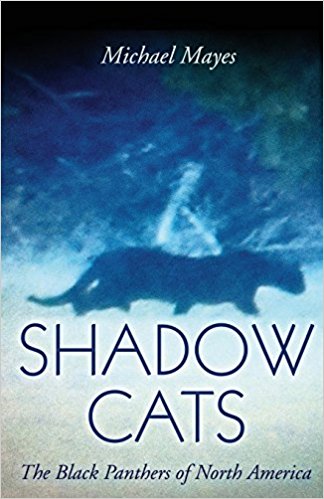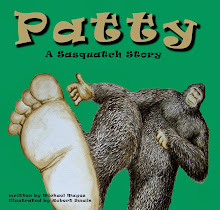 I recently ran across an article on the ScienceDaily website that discusses the results of a study on the activity level of orangutans. It seems that Homo sapiens are not the only species that have 'couch potato' tendencies.
I recently ran across an article on the ScienceDaily website that discusses the results of a study on the activity level of orangutans. It seems that Homo sapiens are not the only species that have 'couch potato' tendencies.The article, written by Neil Schoenherr, looks at a study conducted by Washington University, located in St. Louis, in which researchers studied the activity levels and energy output of orangutans living in a large indoor/outdoor habitat located at the 230-acre campus of the Great Ape Trust in Des Moines, Iowa. What they observed was fascinating. The researchers found that these captive orangutans used less energy, relative to body mass, than nearly any other eutherian mammal ever measured. This would include comparisons to sedentary humans. What makes the results even more interesting is that the activity level of the orangutans studied is very similar to that of their cousins living in the wild.
Herman Pontzer, PhD, is the assistant professor or anthropology in Arts & Sciences at Washington University and was the lead author of the study. He is quoted in the article as saying, "It's like finding a sloth in your family tree. It's remarkably low energy use."
Dr. Pontzer and his team studied the daily energy expenditure of these great apes for two weeks and discovered an extremely low rate of energy use not previously observed in primates. The results seem to dovetail nicely with the slow growth and reproductive rates of orangutans. Dr. Pontzer speculated that this low metabolic rate might be an adaptation in response to severe food shortages in the orangutan's native habitats. It is pointed out that the rainforests of Southeast Asia, Borneo, and Sumatra all go through periods where the availability of ripe fruit, the orangutan staple, drops drastically. The study suggests that orangutans have adapted over time to become the ultimate low-energy specialists, decreasing their level of activity, and thus, the number of calories required to function, to avoid starving during these forest cycles when food is scarce.
Once again, a discovery regarding a known great ape species may make an argument skeptics use to refute the existence of the sasquatch moot. These skeptics have a pretty standard arsenal of talking points which they use to refute the existence of the species. They claim that if the sasquatch was real it would have to spend nearly every waking minute eating in order to sustain its huge bulk. This study should surely give pause to those who subscribe to this theory. If the sasquatch is a type of great ape, it is not outlandish to think that they could share certain characteristics with their orangutan cousins. Maybe this ability to slow down metabolism and limit energy output to the bare minimum is one of them. The ability to do so would be very valuable and could explain sightings of the sasquatch in atypical locales, like the arid scrub land of West Texas, where food would be much more difficult to come by than regions where rainfall and vegetation are more plentiful. This is pure speculation on my part to be sure (almost everything regarding these animals is speculation) but is interesting to consider.
Another typical argument used by skeptics is that if the sasquatch was real they would be seen more often. The findings of Dr. Pontzer and his team might help explain the paucity of sightings as well. If the sasquatch does possess this low energy output trait then they probably aren't moving around too much at certain times of the year when food stuff is harder to come by. The less an animal moves around, the less likely it is to be seen by humans. Also, it is implied in the study that the low energy output seen in orangutans helps explain their slow rate of growth and low reproductive rate. If true, and if the sasquatch shares the same trait, then it is likely they have a low reproduction rate as well. This would keep the population of this rare animal low. Obviously, the fewer of them there are the less likely they are to be seen.
It seems the more we learn about the documented species of great apes the less fantastic the possible existence of the sasquatch becomes.
*You can read the article on the ScienceDaily site here.












No comments:
Post a Comment